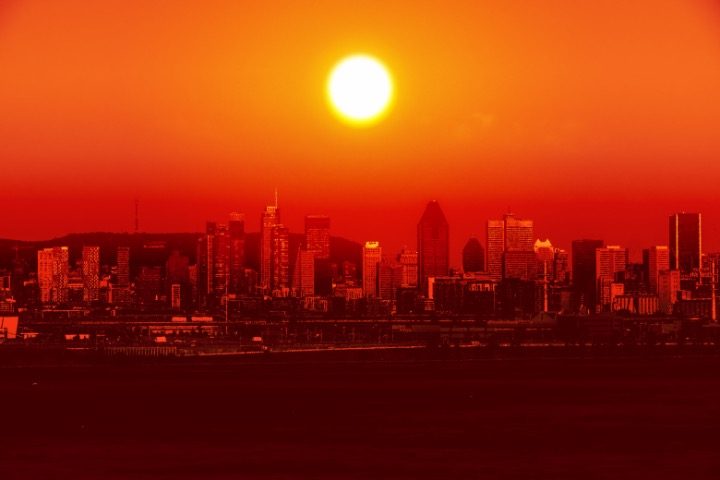
A scientist at the Copernicus Climate Change Service (C3S) reported that the Earth may have passed the supposedly catastrophic 2°C threshold that climate alarmists tell us will result in a disastrous future for the planet. Luckily for us, the supposed global average temperature didn’t remain above 2°C for long, and Friday ended at a mere 1.17°C above the alleged 1850-1900 pre-industrial average temperature — cooler, but still reportedly a record.
C3S Deputy Director Samantha Burgess notified the world of the milestone on X on Sunday.
“Provisional ERA5 global temperature for 17th November from @CopernicusECMWF was 1.17°C above 1991-2020 – the warmest on record,” Burgess reported. “Our best estimate is that this was the first day when global temperature was more than 2°C above 1850-1900 (or pre-industrial) levels, at 2.06°C.”
Absent from the alleged “2°C over pre-industrial limit” milestone were the worldwide emergency sirens and the complete breakdown of society that we’ve been told to expect should that limit be reached.
But climate hysterics tell us that the brief period for one day that the global mean temperature exceeded that 2°C threshold doesn’t mean too much, except that it tells us that the globe is warming faster than we thought. Only when the threshold is reached for a period of decades will the worst of climate change be realized.
The dataset that came to the 2°C threshold comes from ERA5, a climate “reanalyzer” similar to the University of Maine’s Climate Reanalyzer that gave us pronouncements of the “hottest day ever” in July.
For that reason, the new record of 1.17°C above pre-industrial times is considered provisional.
Climate researchers claim that a strong El Niño in the Pacific Ocean is adding to the warming allegedly brought on by mankind’s emissions of trace atmospheric gases, which had led to an incredibly warm 2023.
Is there any credibility associated with this claim? Probably not, according to Dr. H. Sterling Burnett, a climatologist with the Heartland Institute.
“According to the Berkeley Earth record the average surface temperature for Europe has already passed the 2.0 degree Celsius mark, yet European’s aren’t dropping like flies from the heart or migrating to flee flooding, rising tides, storms, or crop declines,” Burnett told The New American.
“People typically experience more than a 2.0 fluctuation in temperatures daily with no ill effects,” Burnett noted. “[M]any more people retire to sunny, hot locations nearer the equator, than they do to colder regions nearer the poles.”
Indeed. So what makes 2°C warmer so important? The truth is, it’s not important. It’s an arbitrary number chosen by politicians and bureaucrats at the United Nations based on the work of William Nordhaus, an economist at Yale, who theorized that such a temperature increase would push global conditions past any point that any human civilization had ever experienced.
If you’re surprised that a supposed scientific 2°C limit was the brainchild of an economist and not a climate scientist, you shouldn’t be. The climate cult is all about economics — the destruction of economies, more specifically.
“[There] is not now, nor has there ever been any verifiable proof that 2.0 serves as some kind of tipping point for civilization’s collapse,” Burnett said. “Human civilization and ecosystems evolved over long periods of time and have adapted to much larger changes to the climate than we are experiencing now.”
He added: “In truth, I’m far more worried about a global average 2 or 3 degree decline in temperatures, signaling a possible coming ice age, than I am about a modest rise in temperatures, well within historic norms.”
Oh, no! Not global cooling again!
But Dr. Burnett, of course, was not predicting such a thing. He was only pointing out that global cooling would be a far greater tragedy than global warming. The world already has evidence of this sort of climate change, known as the Little Ice Age.




